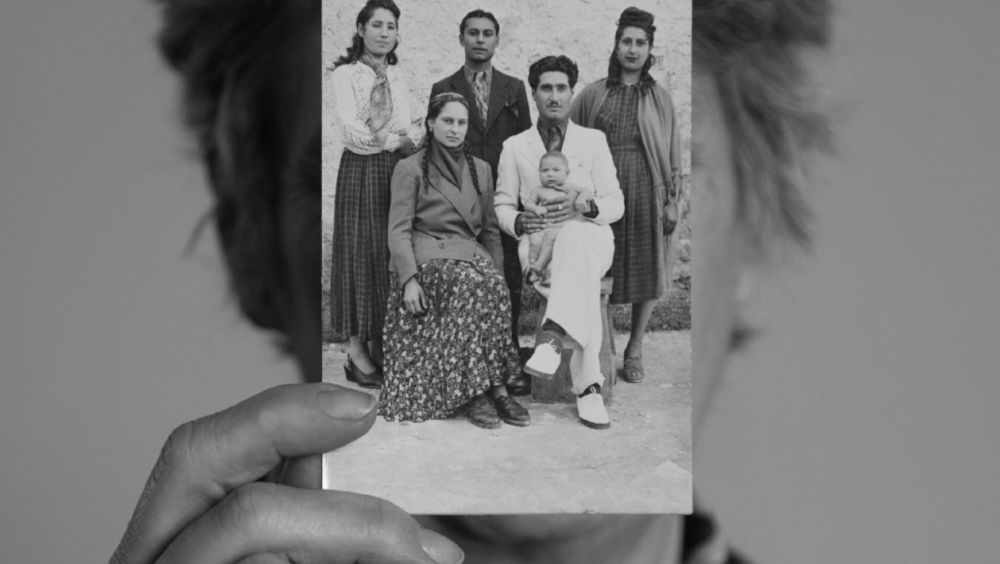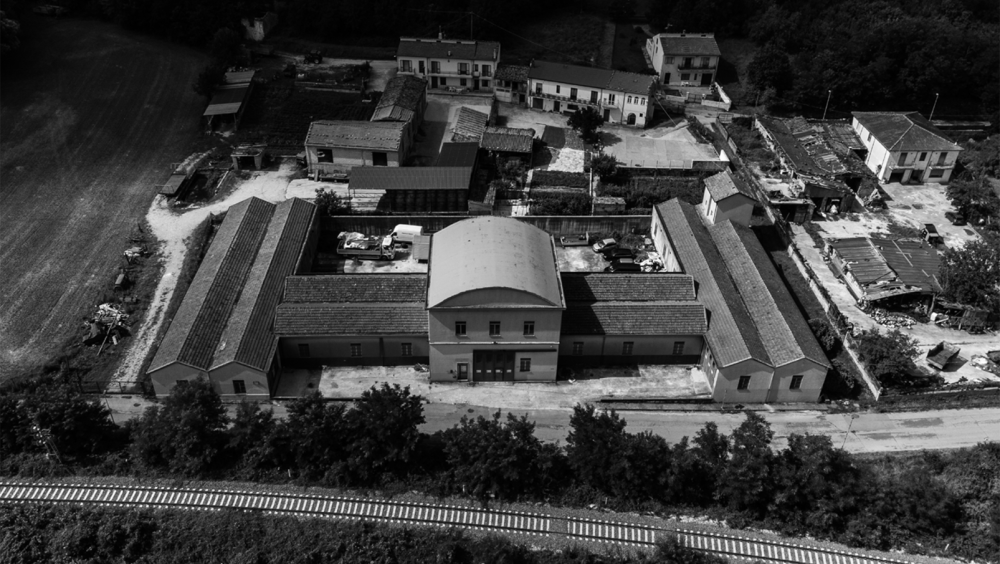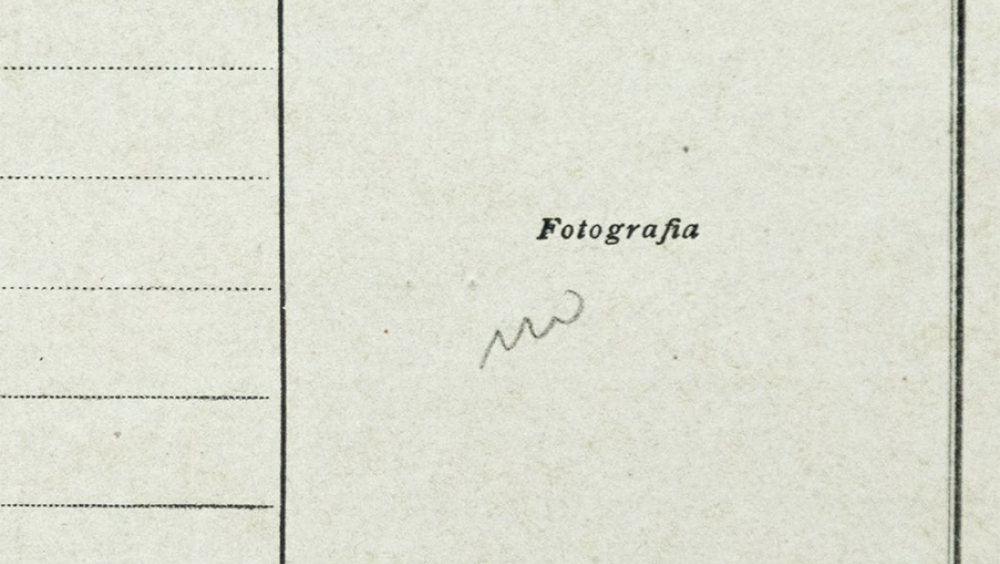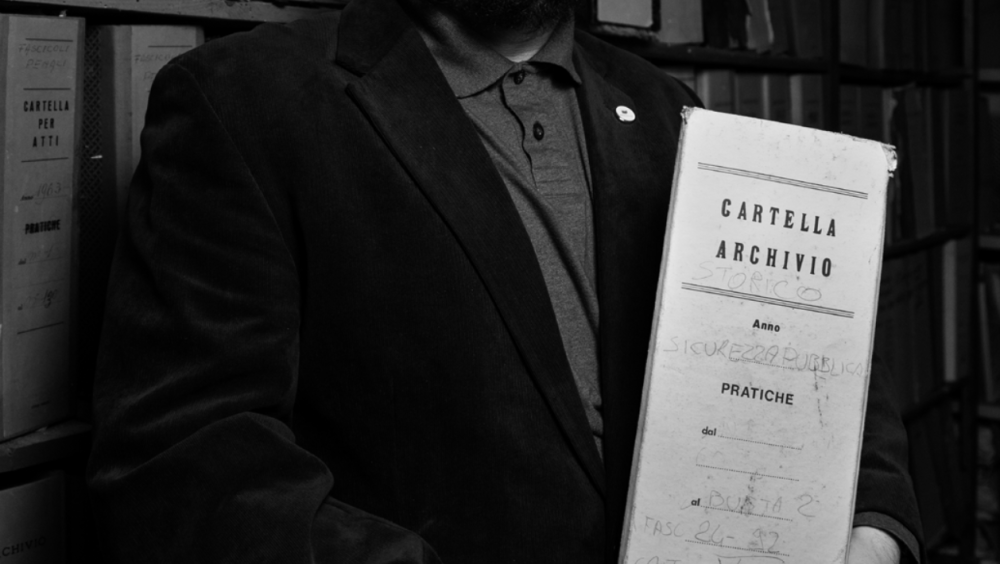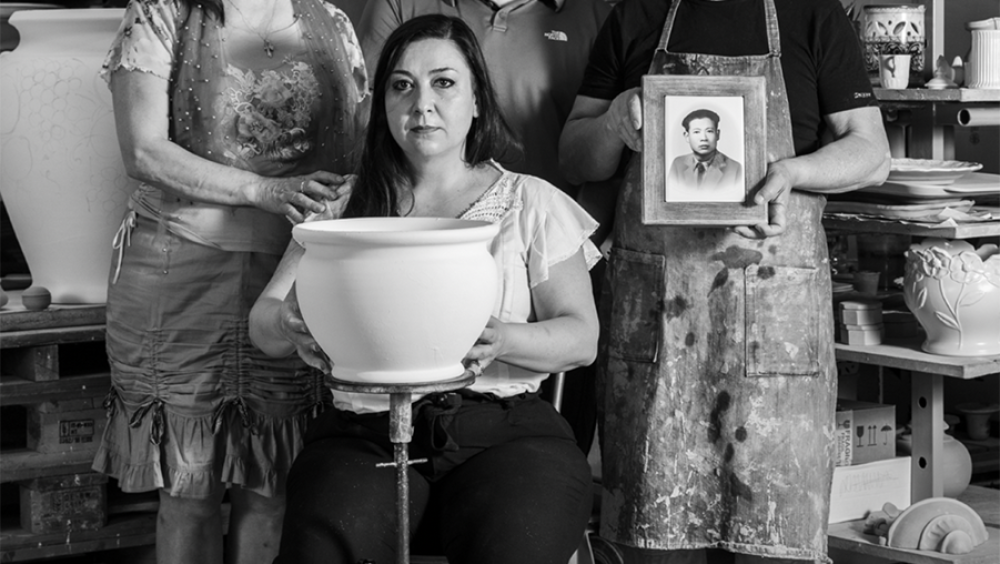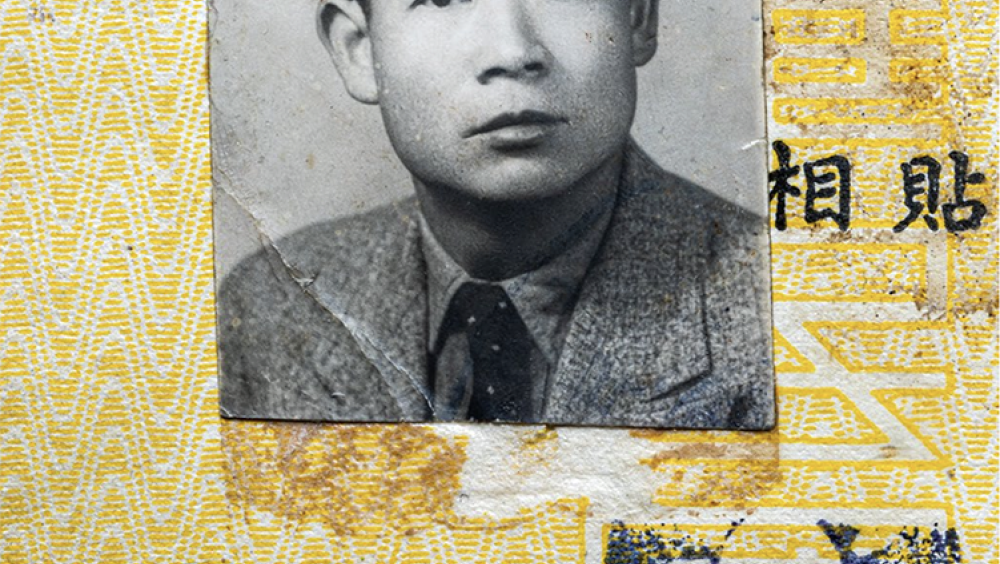Reminder, memory is an inaccurate place - Italy’s hidden concentration camps
Between 1940 and 1943, Italy’s fascist party had 50 concentration camps built throughout the country. These camps were pre-existing structures such as villas, farms, churches and palaces. They were located in specific places, in positions which were strategically chosen.
The people interned in the camps were considered dangerous from Mussolini’s dictatorship through arbitrary administrative procedures. These included: “political opponents”, Jews, “gypsies”, anti-fascists, prisoners of war and “Yugoslavs”. The fascist camps had the function of total control over the prisoners, but unlike the German and Polish camps, the Italian ones never had the function of extermination. This confrontation was one of the reasons why they were forgotten by the majority of people, in Italy but also throughout all Europe, which has always blamed the Third Reich and Hitler for the destruction of World War II, concentration camps and racial laws.
The direction of the camp was entrusted to the officials of Public Security but also to the mayor of the town. The location of the camps was strategically chosen by the Inspectors General of Public Security. The majority of the camps were situated in Abruzzo and Molise, two poorly inhabited and difficult to reach regions of central Italy.
All the prisoners who ended up in the camps had to hand over their documents and all their belongings upon arrival, immediately losing their sense of identity. They were closed in perimeter without the possibility to leave it, militarily controlled by police or the army, in conditions of overcrowding and discomfort, with little rationed food, inhuman hygienic conditions and diseases.
“Reminder, memory is an inaccurate place” is an expanding project based on an idea by the photographer Mattia Crocetti’s, who started a visual project about the former concentration camps in central Italy by telling the story of the people constrained to forced works during the fascist period and World War II.
The footage which has been discovered thanks to public archives which just recently became available and photographs shot by Crocetti, so far is giving a new perception of these places, commonly considered by the Italian mass culture as “civilian internment camps” (campi per l’internamento civile).
What inspired Crocetti to tell this story is a family anecdote: going through some boxes at his father’s, he discovered some photo negatives which were taken in Germany during his grandfather’s internment time. This unexpected find made him realize the importance of making these memories tangible and immortal, for him and generations to come. Hence, he started to involve other people's testimonies to create a project based on the importance of these painful, but essential memories.
Unlike Germany and Poland, where the concentration camps are nowadays places of contemplation and history, the camps in Italy are common buildings such as farms, palaces and churches. Most of these buildings are owned by privates and change or disappear with the passing of time, erasing the history that they once were part of. Some of these buildings don't even have a commemorative plate about their past function as concentration camps.
In 54 of the 259 internment camps in Italy (or Italian land and colonies) 115.000 people were kept imprisoned during World War II. In the other 200 camps the number of prisoners is still uncertain. It is important to give to these places an evocative memory like in Poland and Germany, before they actually lose their historical value.
Remembering to the community about this story is a duty and a democratic exercise that as Europeans we have to undertake to become a more cohesive, multicultural and better society.
The origin of the European Union and the history of Europe are built on the ashes of the darkest part of the 20th century, World War II and the Shoah. As a union, the history and heritage that all us Europeans share, is based on not repeating the disgraces of that historical period.
It has occurred that in recent years, these unpleasant memories are starting to be forgotten by some members of our community. Italy for instance, is a country that never really coped with its fascist past, and constantly denies colonialism and the Salò Republic. The myth of the “Italians, good people (italiani brava gente)” is still a popular expression that is often being told in the Italian public debate.
Rediscovering this past means, in fact, drawing a map of places and local stories that constitute important pieces of Europe’s history. To bring to light the places of fascist internment means both to give life to all the people interned and to contribute to the construction of a collective memory that comes from direct sources.
Our objective is the diffusion of the “Reminder” project to demonstrate once and for all, especially to younger generations, how fascism has damaged Europe and Italy. This realization is necessary in terms of social inclusion, to value the human rights that as Europeans we all share to grow as a cohesive society.
For the diffusion and follow-up of this project, we have foreseen the print of 262 copies of the “Reminder” book to distribute in all the high schools of Abruzzo and Molise (where most of the camps are), the production of a video documentary to go with the photographic project which already exists, 20 large format prints to place on the former concentration camps and an event with photo exhibition organized by the Fondazione Memoria della Deportazione.
